I have 2 pages: xyz.example/a and xyz.example/b. I can only access xyz.example/b if and only if I login to xyz.example/a first. If accessing xyz.example/b without going through the other, I simply get access denied (no redirect to login) via the browser. Once I login at xyz.example/a, I can access the other.
My problem is doing this using the curl command. I can login successfully to xyz.example/a using curl, but then try xyz.example/b and I get access denied.
I use the following:
curl --user user:pass https://xyz.example/a #works ok
curl https://xyz.example/b #doesn't work
I've tried using the second line with & without the user/password part and still doesn't work. Both pages uses the same CA, so that's not a problem.
